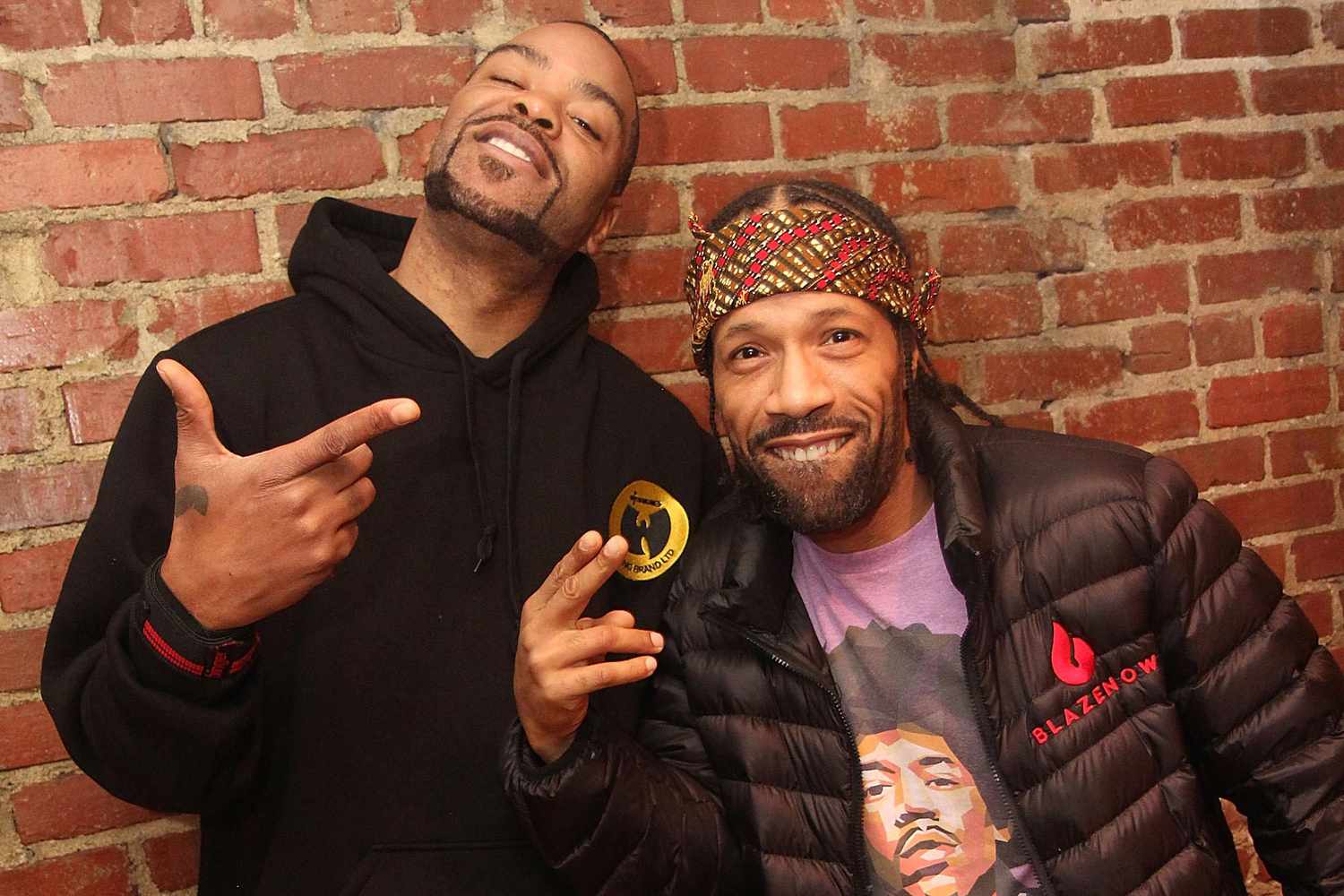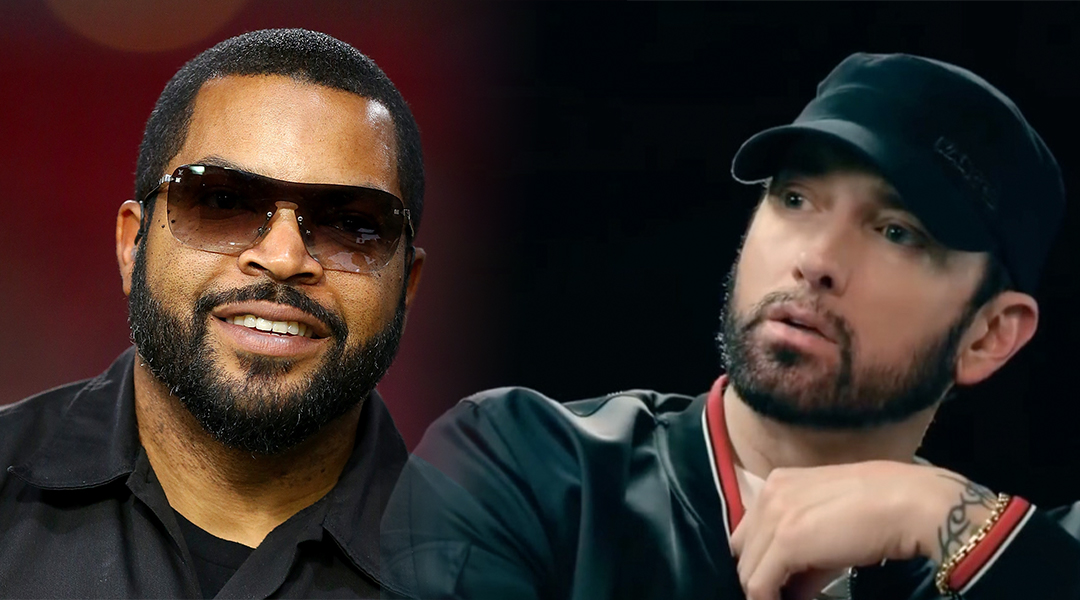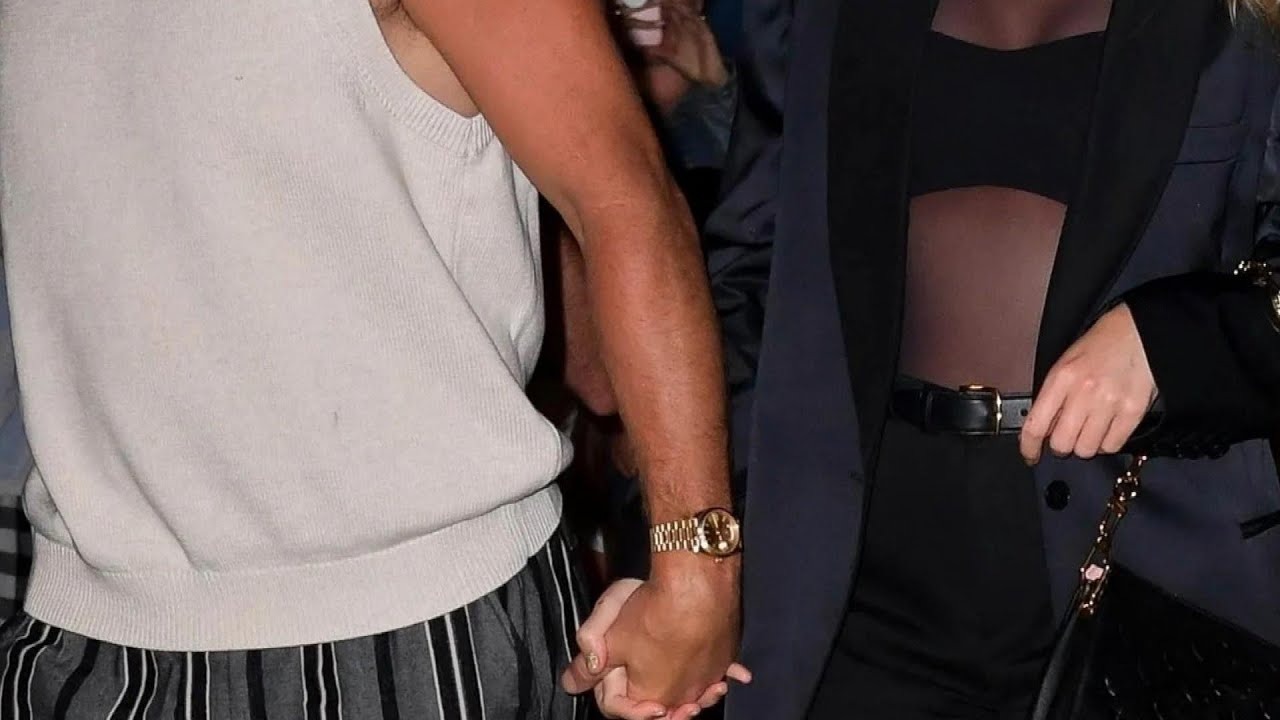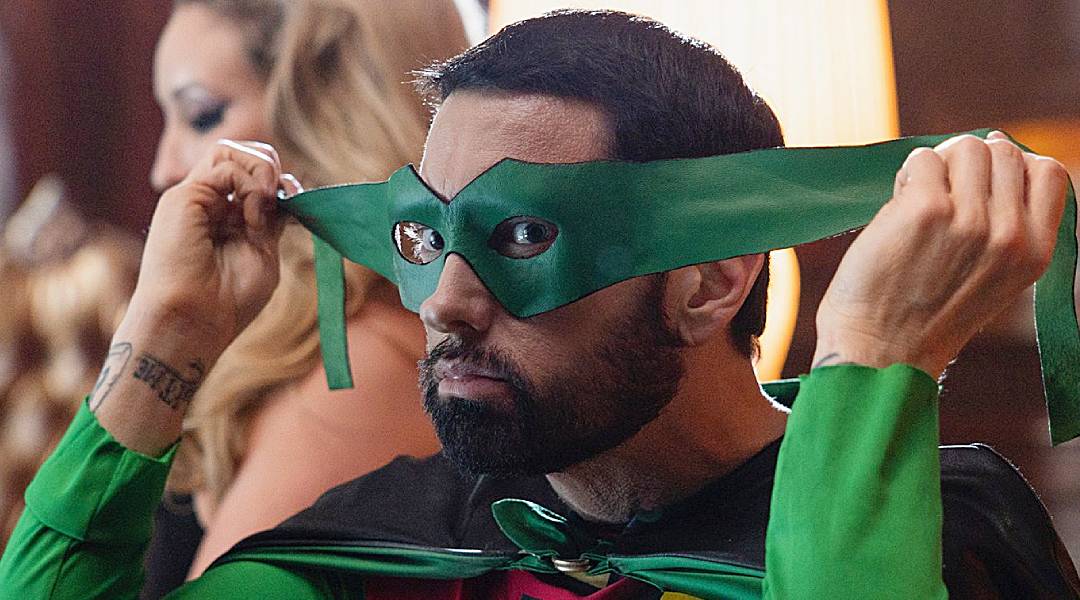As the cultural phenomenon of “Squid Game” continues to dominate conversations, it’s not just Netflix that’s riding the wave of success. YouTube sensation Jimmy “MrBeast” Donaldson carved his own niche in the craze by creating a real-life version of the show on his platform. Now, with Netflix announcing the second season of “Squid Game: The Challenge,” a captivating dichotomy emerges between the streaming giant’s ambitious reality series and MrBeast’s YouTube version.
Netflix’s decision to greenlight the second season of “Squid Game: The Challenge” comes as no surprise, given the explosive popularity and controversy surrounding its inaugural season. The reality competition, offering a staggering $4.56 million prize, has been both lauded and criticized for its high-stakes gameplay, with concerns raised about the well-being of contestants. Brandon Riegg, Netflix’s vice president of nonfiction series, expressed enthusiasm about continuing the franchise and collaborating with the Korean team, Studio Lambert, and The Garden.

On the flip side, MrBeast’s journey into the world of “Squid Game” started with a TikTok promise. After garnering 10 million likes, he committed to recreating the show in real life. Investing $2 million to build elaborate sets and produce the show, MrBeast’s YouTube creation, titled “$456,000 Squid Game in Real Life!,” became a massive success upon its November 2021 release, accumulating over 541 million views.
The comparison between the two versions reveals intriguing differences. MrBeast’s rendition featured a 25-minute competition with 456 players vying for a $456,000 jackpot. Contestants earned $2,000 for participation, with early exits rewarded $4,000 and the runner-up pocketing $10,000. In contrast, Netflix opted for a 10-episode reality competition, casting players after announcing plans in June 2022. Filmed at London’s Cardington Studios, the show offered a substantial $4.56 million prize exclusively for the winner, with no earnings for other participants during gameplay.

Both productions faced the challenge of recreating the intricate sets and game designs from the fictional “Squid Game.” While the original show heavily relied on CGI, MrBeast and Netflix took distinct approaches to bring the games to life. Andy Dehnart, TV critic and editor of Reality Blurred, commended both for their efforts, noting the real-life crafting of sets in MrBeast’s version and the combination of physical sets and CGI in Netflix’s adaptation.
As the contrasting narratives unfold, viewers find themselves drawn into the parallel worlds of “Squid Game: The Challenge” and MrBeast’s real-life rendition. The competition extends beyond the game itself, raising questions about creativity, production value, and the evolving landscape of reality entertainment.











